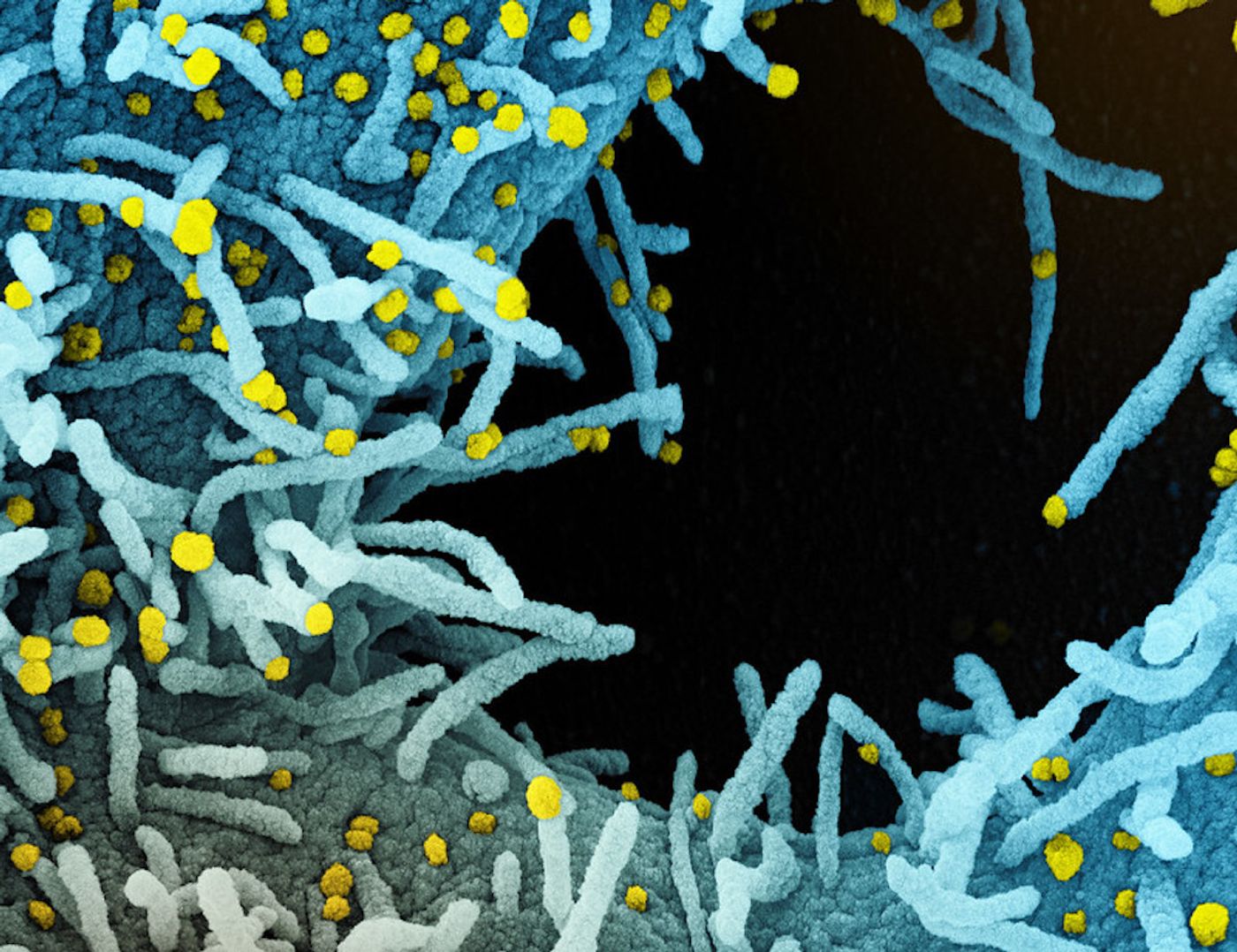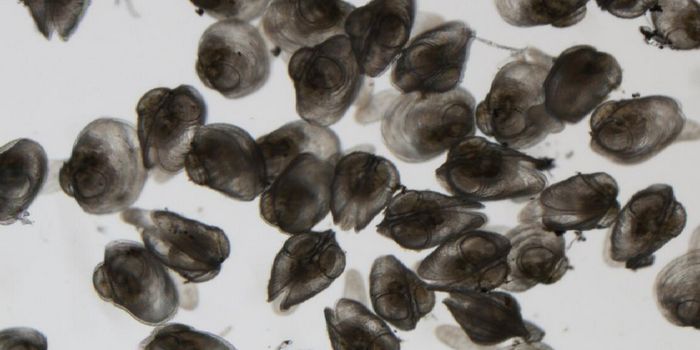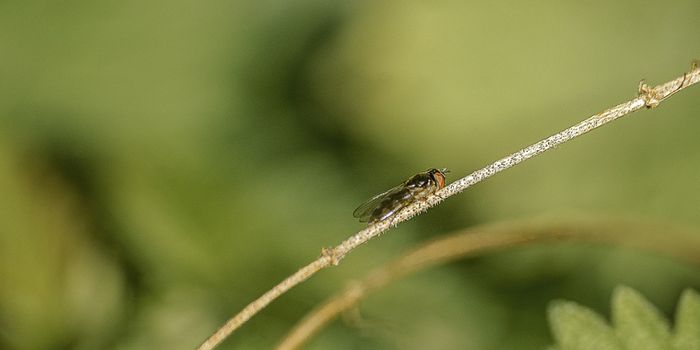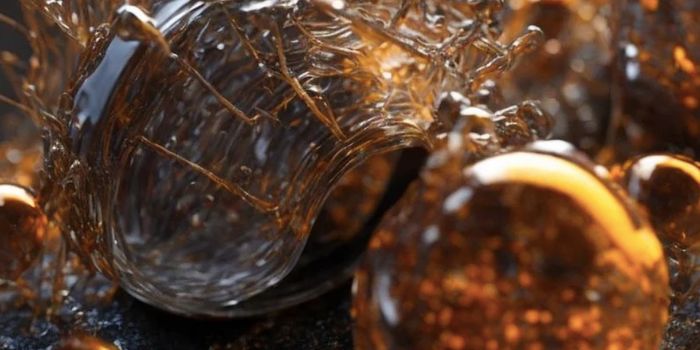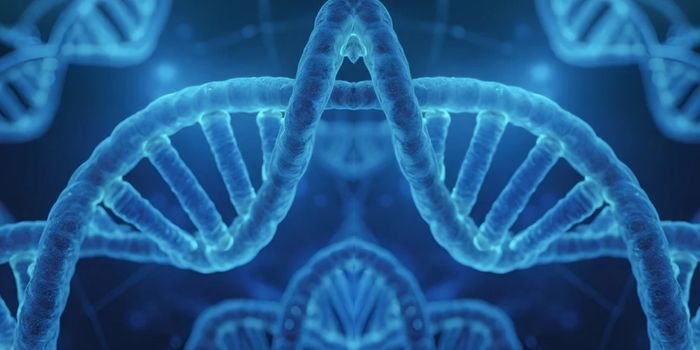A Common Drug Could Help Reduce the Risk of COVID-19 Infections
Heparin is a very common drug that's been approved as an anticoagulant since 1992. Researchers have now found that the medication could act as a decoy in SARS-CoV-2 infections; it seems to bind tightly to the spike protein of the pandemic virus, which is what the virus uses to infect cells. If it's given to a person that's been exposed to the virus using a nasal spray or nebulizer, it could lower their risk of infection or potentially lower the likelihood of a severe COVID-19 case. Other decoy drugs have been used to battle viruses like dengue and Zika. The findings have been reported in Antiviral Research.
"This approach could be used as an early intervention to reduce the infection among people who have tested positive but aren't yet suffering symptoms. But we also see this as part of a larger antiviral strategy," said Robert Linhardt, lead author and a professor of chemistry and chemical biology at Rensselaer Polytechnic Institute. "Ultimately, we want a vaccine, but there are many ways to combat a virus, and as we've seen with HIV, with the right combination of therapies, we can control the disease until a vaccine is found."
When the SARS-CoV-2 virus gets into the body, it has to also enter cells. It does so when its Spike protein attaches to a receptor on human cells called ACE2. In this work, the researchers hypothesized that heparin could also be an attractive binding target for the virus, and could lower the likelihood that it will infect human cells.
When quantified, the link between SARS-CoV-2 and heparin was found to have a binding strength of 73 picomoles.
"That's exceptional, extremely tight binding," explained Jonathan Dordick, a chemical and biological engineering professor at Rensselaer. "It's hundreds of thousands of times tighter than a typical antibody-antigen. Once it binds, it's not going to come off."
Linhardt has been recognized for developing synthetic heparin. While assessing sequencing data for SARS-CoV-2, he and his team saw there were certain sequences that indicated the presence of binding motifs that tend to link to heparin. The researchers investigated how the virus bound to three variants of heparin, and showed that heparin could be an attractive decoy target for the virus. The team is now working to test their theory in a cell culture model.
"This isn't the only virus that we're going to confront in a pandemic," Dordick said. "We don't really have great antivirals, but this is a pathway forward. We need to be in a position where we understand how things like heparin and related compounds can block virus entry."
Sources: AAAS/Eurekalert! via Rensselaer Polytechnic Institute, Antiviral Research
